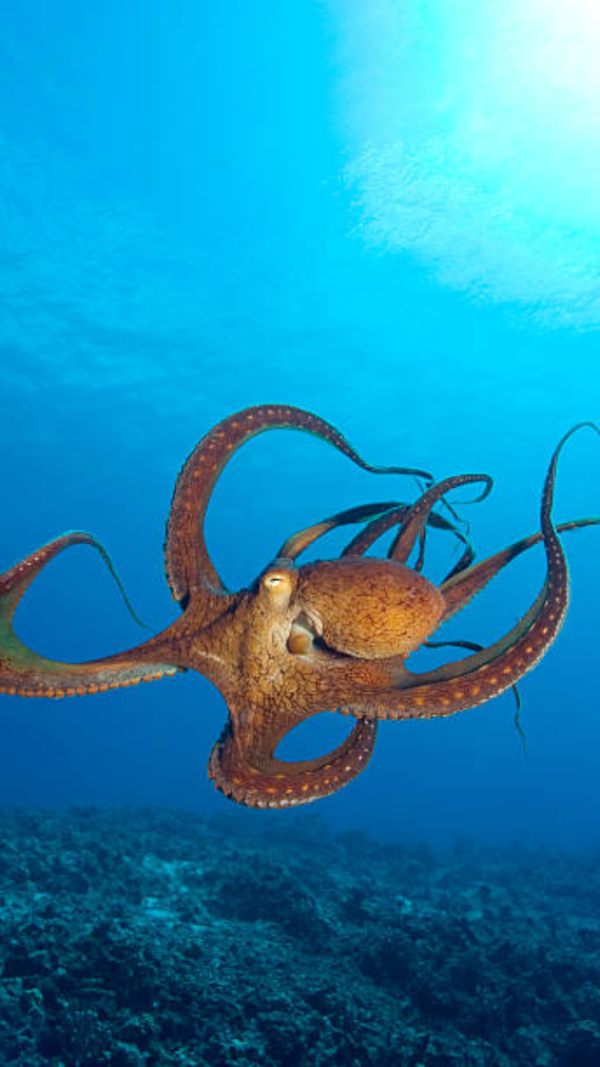- News
- The colour of water
The colour of water
Water, essential for life's origins and Earth's evolution, faces severe stress due to human activities. Agriculture and industry contribute significantly to global water waste, exacerbating the impact of climate change. Awareness and sustainable practices are crucial to protect this precious resource and ensure a viable future, emphasizing the need to understand water's story and conserve it.
Water, we often think, has no colour. And yet, it is the underlying hue of all life, enabling us to paint rejuvenation, well-being and joy across existence. Indeed, the story of the only planet which lives and breathes is coloured in water. Earth formed 4.5 billion years ago but the earliest fossils are 3.7 billion years old.
It took that long for hydrothermal vents — where water, warmth and chemicals fused — to develop on ocean floors. Cyanobacteria emerged, making nutrition using sunlight and water and releasing oxygen into the world. Microbes grew complex eukaryotic cells and the first animals, simple sponges, appeared 800 million years ago. Cradled by fluid, life speeded up and the ‘Cambrian explosion’ occurred 550 million years ago when organisms developed hard anatomies. Slowly, the first creature clambered out of the ‘primordial soup’, clumsily but determinedly, onto a new land.
Water binds this epic together. No wonder 71% of Earth’s surface is covered by oceans. These salty seas, 96.5% of all water, leave only 2.5% freshwater which living beings can actually use. Water is thus the rarest resource on Earth — with 1,50,000 rivers running across our planet, we might think we enjoy a glorious profusion but in fact, over four billion people already lack access to safe water. By 2040, one in four children worldwide will experience extremely high water stress.
The Anthropocene’s unmistakable stamp is here. Global water waste surmounts 9.5 trillion litres a year. Agriculture worldwide uses 70% of freshwater withdrawals — inefficient practices then squander 60% of this. Industry’s water deployment is often baffling — making a pair of jeans requires 10,000 litres while growing one kilogram of almonds needs 9,000 litres. These amounts appear even more staggering when you hear climate change’s watery drumbeat — as the world heats, water in its atmosphere alters, causing storms instead of steady rain which could safely recharge rivers. As we use water, not to live but to giddily consume — making a smartphone demands 12,000 litres — aquifer levels worldwide are sharply declining. Yet, we extract more and more water for further clutter, seemingly oblivious to how we are dissipating the very source of life.
Join Times Evoke in discovering waters of remarkable rivers. Their colours can match an entire rainbow — which, incidentally, is also water.
End of Article
Follow Us On Social Media










